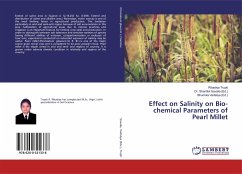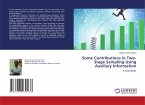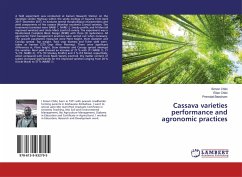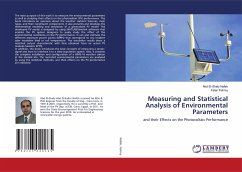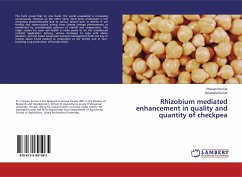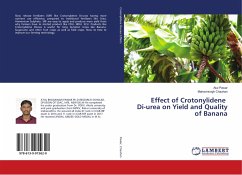Extend of saline area in Gujarat is 12,18,255 ha. (CSSRI, Extend and distribution of saline and alkaline area.) Nowadays, water scarcity is one of the most limiting factor in agricultural production. This limitation particularly in arid and semi-arid region because of salt accumulation in this area. Salinization of agricultural areas due to intense practices and irrigation is an important feature for limiting crop yield and production. In order to distinguish between salt tolerance and sensitive varieties of species having different abilities of inclusion, compartmentation or exclusion of toxic ions, experiment conducted on extended exposure of salinity may be useful. Pearl millet (Pennisetum glaucum (L) R. Br.) is one of the major coarse grain cereal crop and is considered to be poor people's food. Pearl millet is the staple cereal in arid and semi- arid regions of country. It is grown under adverse climatic condition in relatively arid regions of the country.

